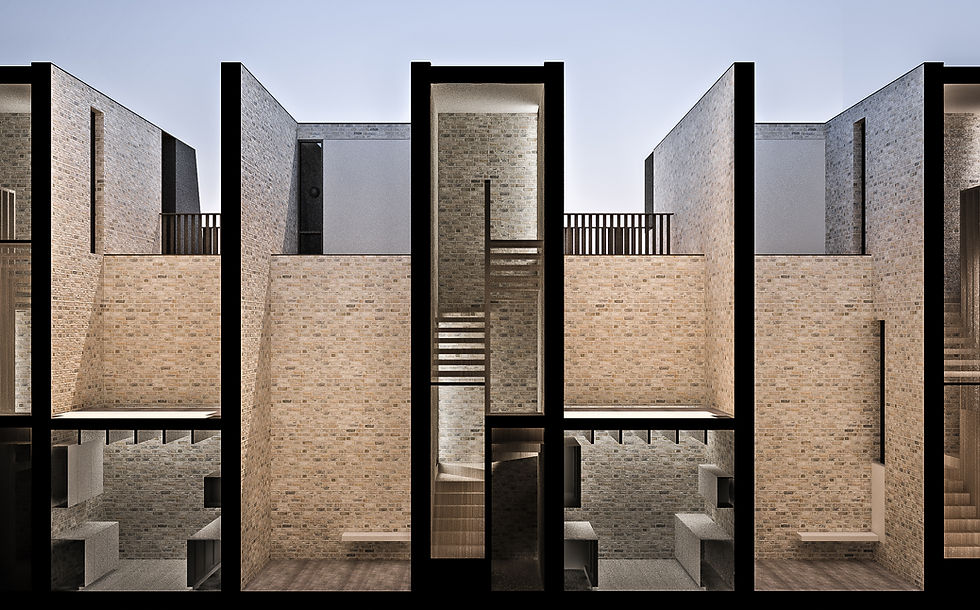WR-AP response to the NPPF consultation
- WR-AP
- Apr 25, 2018
- 3 min read
Updated: Sep 27, 2018
Everyone in the construction industry is continuously talking about housing, whether it be, building on the greenbelt, delivering via modular, building tall or using public land, it seems that not a day goes by without there being a headline about the ‘Housing Crisis’ and what can solve it.
Rest assured, housing is at the top of the governments agenda. To prove the fact at the beginning of March 2018 the Prime Minister launched a ‘major overhaul’ to the National Planning Policy Framework aimed at delivering ‘the homes the country needs’. All sounds very inspiring but what does it entail. Here WR-AP sets out some of its understanding of the possible amendments:
The long-awaited revisions to the NPPF pull together policy proposals consulted on in the Housing White Paper as well as those promised in the Budget 2017, and whilst it may well not be a ‘major overhaul’, there are nonetheless some useful policy revisions included in the document that our clients need to be aware of.
Some of the key revisions under consideration that are going to overall housing include:
· Introduction of a standardised approach to calculating local housing need;
· A requirement that a minimum of 10% of homes on major sites should be available for affordable home ownership.
· Specific recognition that small sites can make an important contribution to meeting the housing requirement and a requirement that at least 20% of sites identified for housing in local plans are of half a hectare or less. A great opportunity for the small independent developer.
· A requirement for authorities to consider imposing a planning condition to bring forward development within two years.
With Green Belt land being seen as sacrosanct by successive governments a whole new chapter will possibly be inserted into the new NPPF dedicated to ‘making effective use of land’. At WR-AP in our experience we have never been asked by a client to do anything else – maximising a sites value is usually at the forefront of our clients minds and this usually means challenging density norms.
This new chapter on ‘making effective use of land’ will open up a world of opportunity for some of our clients as it will likely entail:
· Encouraging the conversion of buildings on or above service yards, car parks, lock-ups and railway infrastructure as well as empty space above shops to provide additional homes;
· A requirement for minimum density standards to be used in town and city centres and around transport hubs where there is a shortage of land for meeting housing needs.
· Support for the use of airspace above existing residential and commercial premises for new homes. In particular, upward extensions should be permitted where the development would ‘be consistent with the prevailing height and form of neighbouring properties and the overall street scene’ . How many flat roof retail/commercial properties do you know on your high street that this would apply to? At WR-AP we’ve always been advocates of making our cities more human and it appears that this change will finally allow us to bring more living into our high streets, whilst going a small way to providing additional housing and delivering the increased value that our clients demand.
At WR-AP we are anticipating the outcome of the consultation with some excitement. In the meantime we’ve already started to assist a number of clients to review their current portfolios to see if the upward extensions policy will be beneficial to them. Please get in touch if you’d like to see our case studies in this area alongside our case studies on increased density living.




Comments